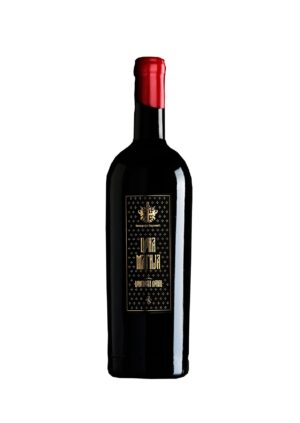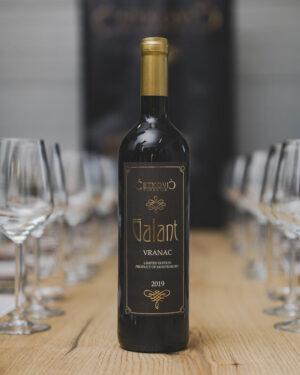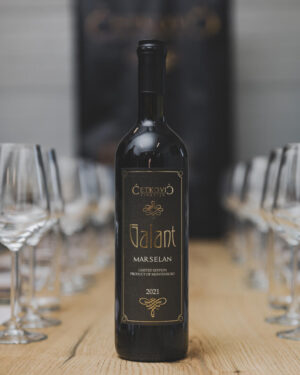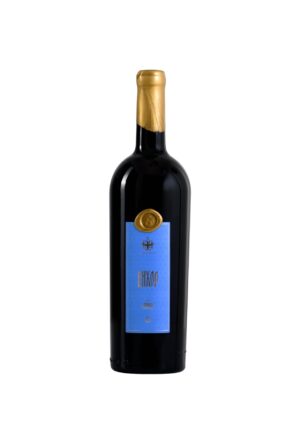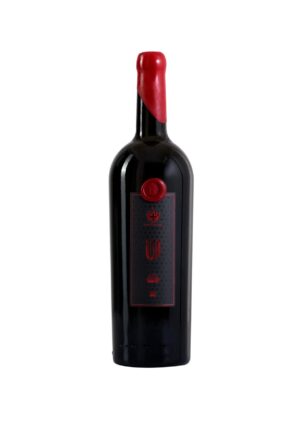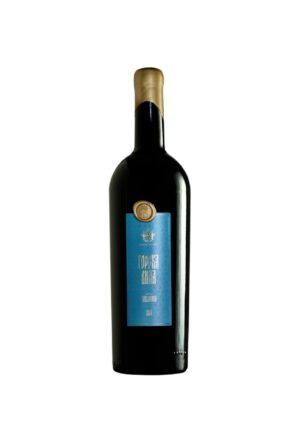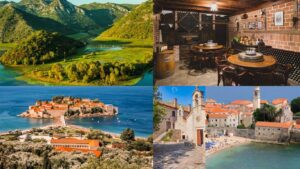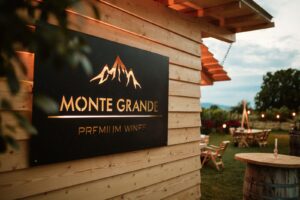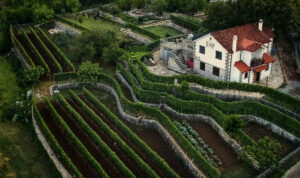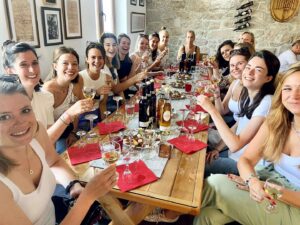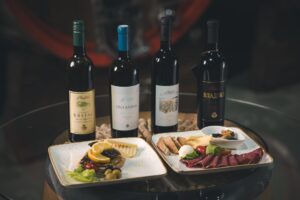Winery Ljutica
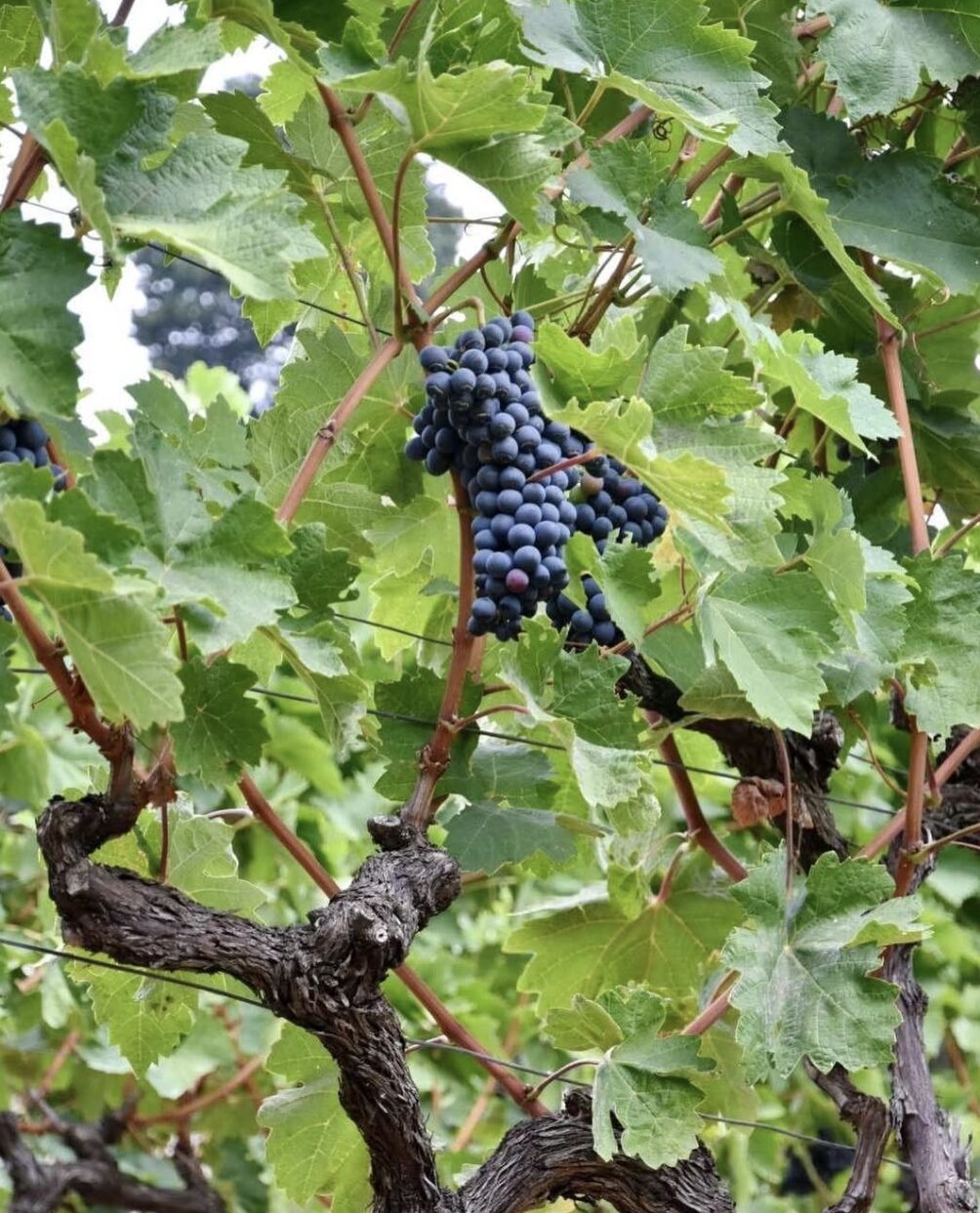
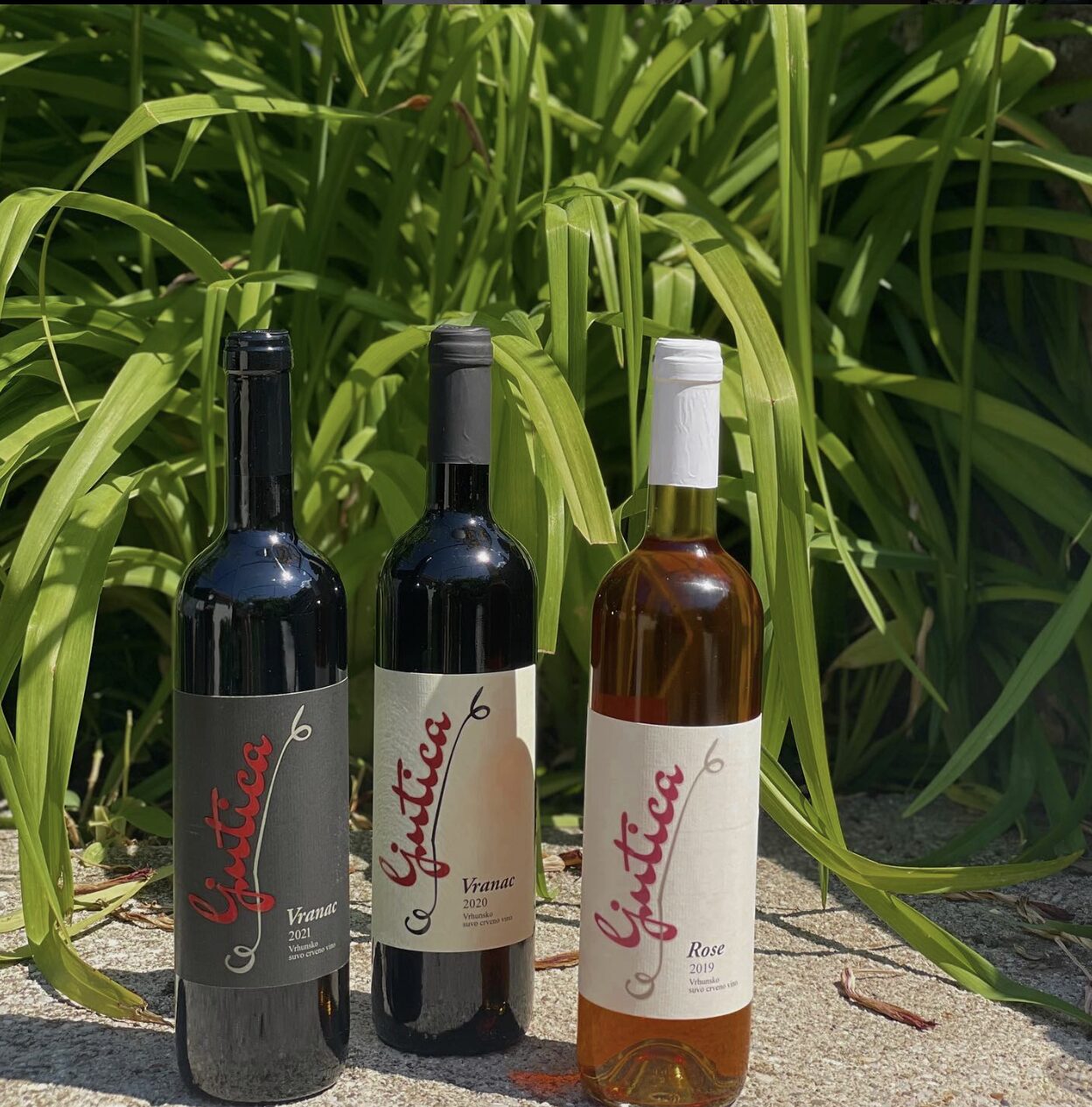
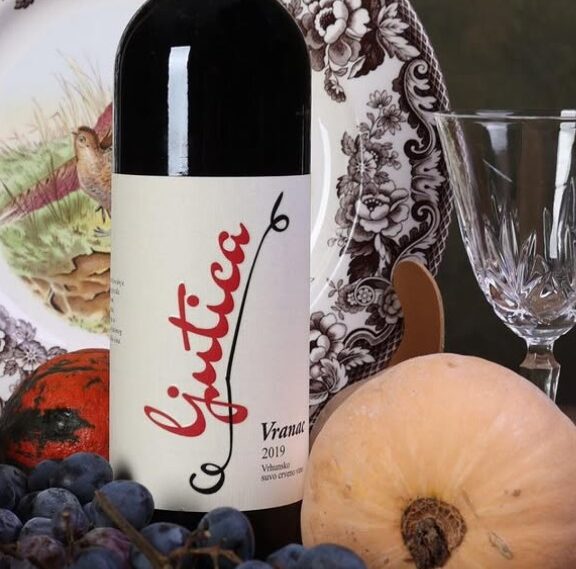

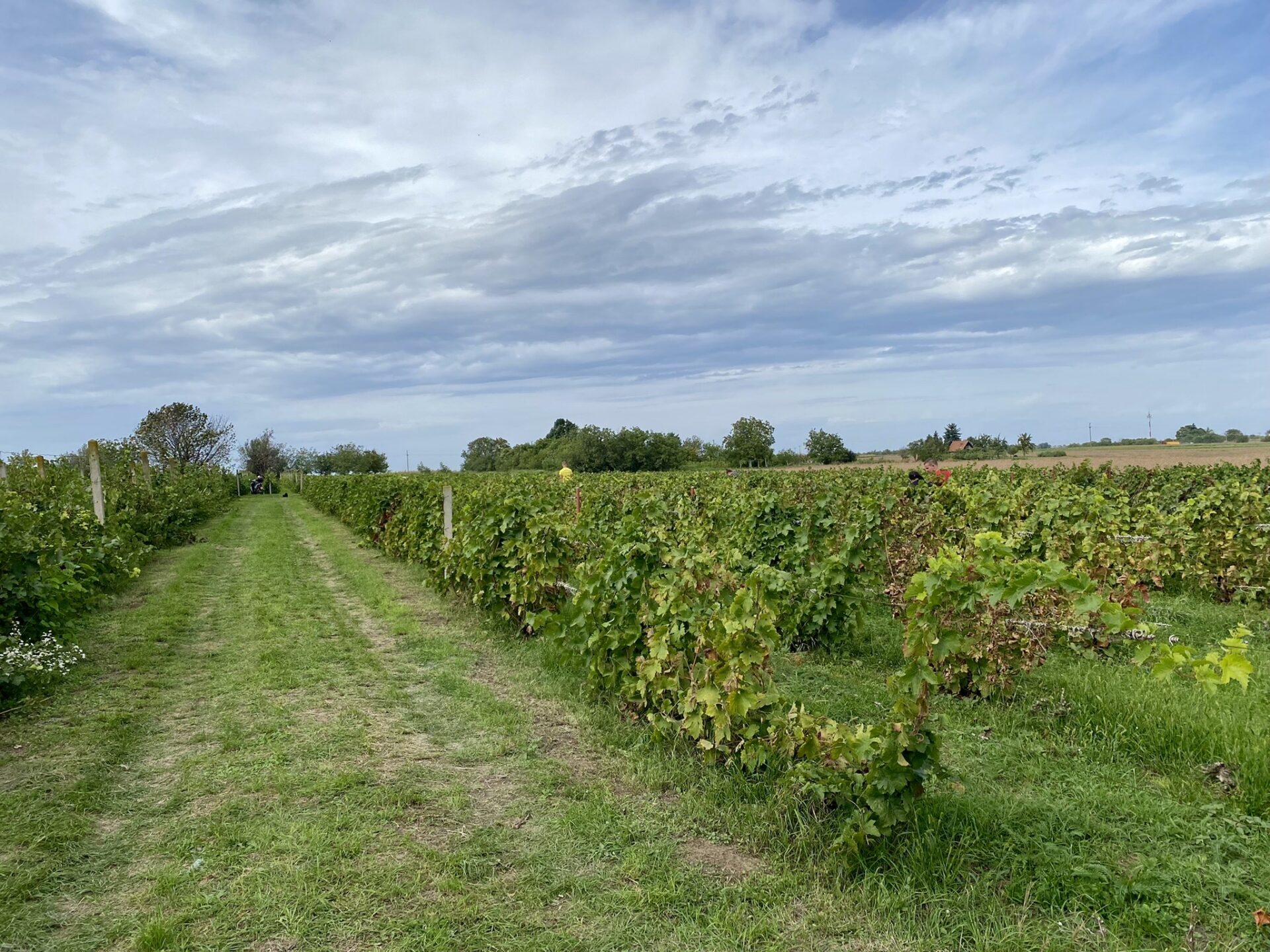
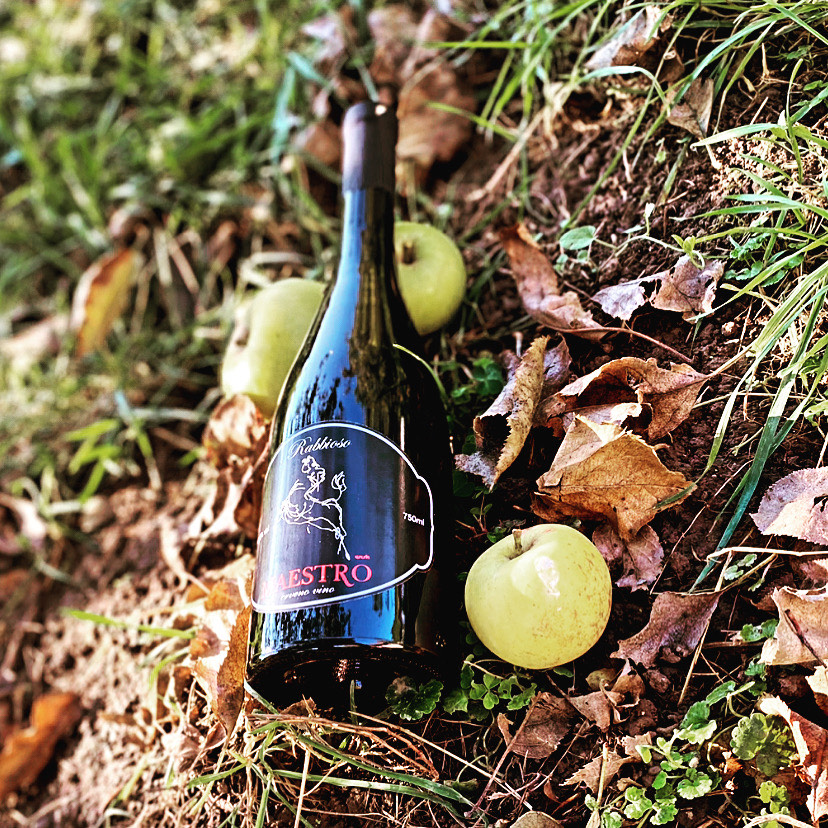
Address
Region
Subregion
Available languages
Detail information
The fascinating story of Vranac—a beloved indigenous Montenegrin grape variety—unfolds in an unexpected place: the heart of Sekić (Lovćenac), a village in the Vojvodina region of Serbia, once part of the Habsburg Empire. The roots of this tale stretch back to the late 18th century when Emperor Joseph II, before ascending to the throne of his mother, Maria Theresa, noticed the overpopulation and poverty in the German Empire. In an effort to provide a better life for his people, he encouraged their relocation to other parts of the empire. In 1786, the village of Sekić was settled by Germans, who were supported by the empire with land grants to create a thriving agricultural community.
Over time, the village flourished under their industrious efforts, with vineyards becoming an integral part of their success. By 1944, Sekić was home to 6,730 hectares of land, including 350 hectares of the best vineyards in the empire, alongside storerooms filled with wheat, corn, and, of course, wine. The region became a renowned wine hub, boasting the largest wine cellars in the empire.
As the Red Army liberated the region in October 1944, a new chapter began for those who lived there. The Montenegrins, who had been integral in the struggle during the National Liberation War (NOB), were granted the opportunity to leave the mountains of Montenegro and start anew in the fertile plains of Vojvodina. On October 10, 1945, they boarded a train bound for an unknown future, leaving behind the rocky hills of Lovćen but bringing with them their customs, traditions, and, notably, Vranac—the heart of their winemaking culture.
After a slow and arduous 12-day journey, they arrived in Sekić, where they quickly began to adapt to their new environment. The community kept its roots alive by making prosciutto, cheese, and, of course, wine. The villagers continued planting Vranac, a variety they knew best, having a deep, generational connection to its growth and characteristics. The name Lovćenac symbolized their reverence for Lovćen, the mountain that holds the eternal resting place of Njegoš, a symbol of Montenegro’s greatness.
Among the vineyards of Sekić, one stands out for its deep connection to the wine that defined their homeland: the Ljutica family vineyard, which inherited its Vranac vines from the 1786 plantings. The legacy of this wine passed through generations, with Gojko Ljutica taking on the role of guardian in 1946. His deep passion for the vine, intertwined with his love for the Vranac grape, led to the creation of “Rabbioso Maestro” wine in 2008—a name reflecting both the fierce, passionate spirit of Vranac and the artistry of its maker.
The vineyard’s terroir, blending the unique conditions of Vojvodina with the sturdiness of Montenegrin Vranac, produced a wine that was not only rich in character but also resilient to the harsh winters of the plains. As Gojko Ljutica meticulously tended to every vine, from where the wind blew to where the morning fog settled, he perfected his craft, creating a wine that was nothing short of “Grande Cru”, as the French would say. The wine’s complex flavors, influenced by both the Feketić cherry and the Vojvodinian culture, retained the bold, robust nature of its Montenegrin origins.
The winery, though small, gained international recognition for its exceptional quality, offering a true masterpiece in a bottle. In 2008, Milo, Gojko’s son, officially opened the family winery, carrying forward the legacy of “Rabbioso Maestro”—a wine that speaks to the soul of Montenegrin heritage, the hard work of the Ljutica family, and the deep-rooted connection to the Vranac grape.
From the first sip of “Rabbioso Maestro”, it’s clear that this is no ordinary wine—its rich, layered flavor sings like a symphony, evoking the beauty and history of two distant lands united by the timeless allure of Vranac
A picture is worth a thousand words






Contents and Objects
Try our wines
Our tours
FAQ

Please share if you like
Wines from other wineries
Other wine tours



